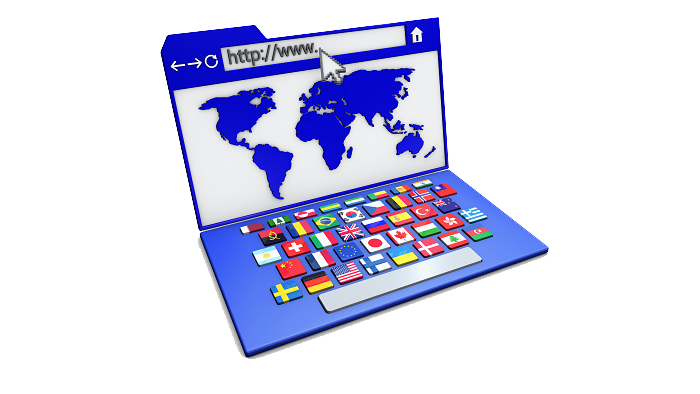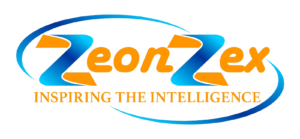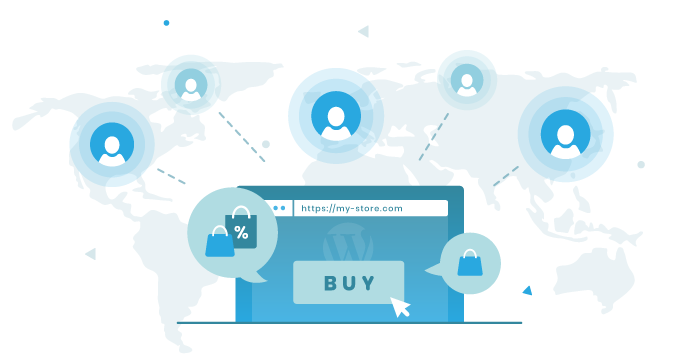
Building Multilingual Websites in WordPress
Building Multilingual Websites in WordPress: Today’s interconnected world has made multilingual websites increasingly necessary. Whether you’re a business trying to reach a global audience or an individual trying to interact with diverse groups, creating a bilingual website may significantly boost your effect and reach. WordPress’s robust plugin ecosystem and flexibility make it a useful platform for developing multilingual websites. Let’s explore the intricacies of multilingual WordPress development and see how to effectively cater to a multilingual audience.
It takes more than just text interpretation to accept multilingualism; it also requires fostering inclusiveness and exhibiting respect for many cultures. Multilingual websites may boost search engine optimization, fortify connections with audiences throughout the world, and enhance user experience.
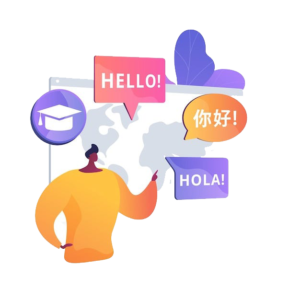
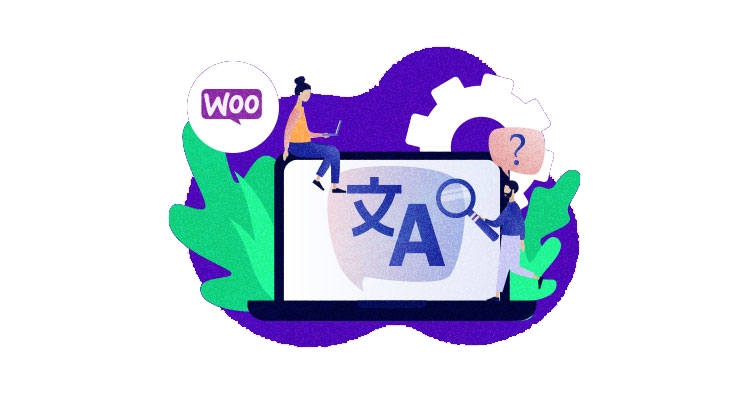
Among the multilingual plugins available for WordPress are Polylang, TranslatePress, and WPML (WordPress Multilingual Plugin). Selecting a plugin that suits your demands is crucial as each one has its own set of features and functionalities.
Establishing the framework of your multilingual website is essential before you start building it. This means deciding which language displays to use, organizing content for translation, and ensuring a seamless user experience while navigating between different language renditions.
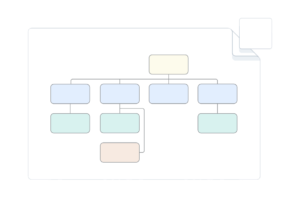
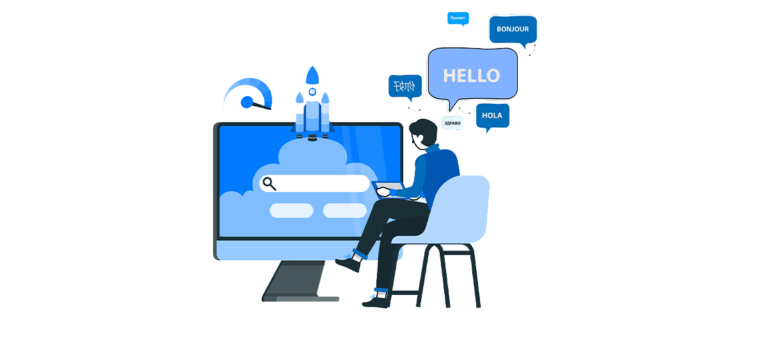
Accurate and culturally relevant content translation is crucial for multilingual websites. Translations of text, pictures, or multimedia components must maintain the integrity of your message in order to capture the attention of diverse audiences.
SEO is crucial to driving traffic to your multilingual website. You need to employ hreflang tags, build language-specific sitemaps, and use localized keywords if you want to be more visible in search results across several languages.
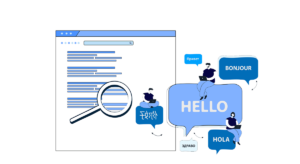
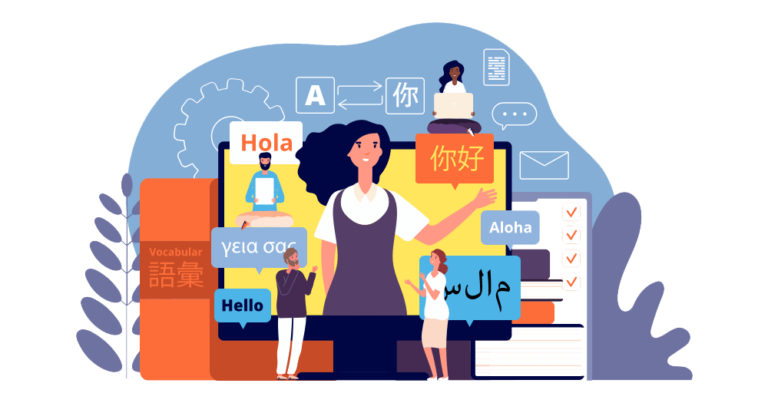
Every language version has to go through a rigorous testing process to provide a perfect user experience. For a multilingual website to be successful, extensive quality assurance is required. This includes checking text formatting and verifying functionality across several languages.
Offering clients simple language-switching options makes it simple for them to navigate between different language versions of your website. Promoting easily understood language choices or automatic language recognition might significantly enhance the user experience.

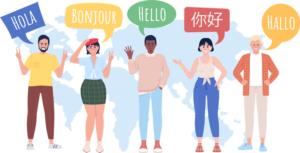
Building a community is just as crucial to the creation of a multilingual website as development. Fostering multilingual user-generated content in several languages, engaging with diverse audiences, and providing multilingual support forums may all help to establish a vibrant and hospitable virtual space.
In summary, developing multilingual WordPress websites provides a wealth of opportunities to interact with customers globally and respect language diversity. By grasping the nuances associated with multilingual WordPress construction, acknowledging cultural sensitivity, and employing suitable resources, you can create a captivating online persona that appeals to people from many backgrounds.
Remember that being multilingual is not just a technological endeavor, but also a tribute to the power of language and global communication. Therefore, I’m hoping that your efforts as you begin your multilingual WordPress development journey would encourage sincere interactions that cut over linguistic boundaries. To a world where learning languages comes with many chances!
